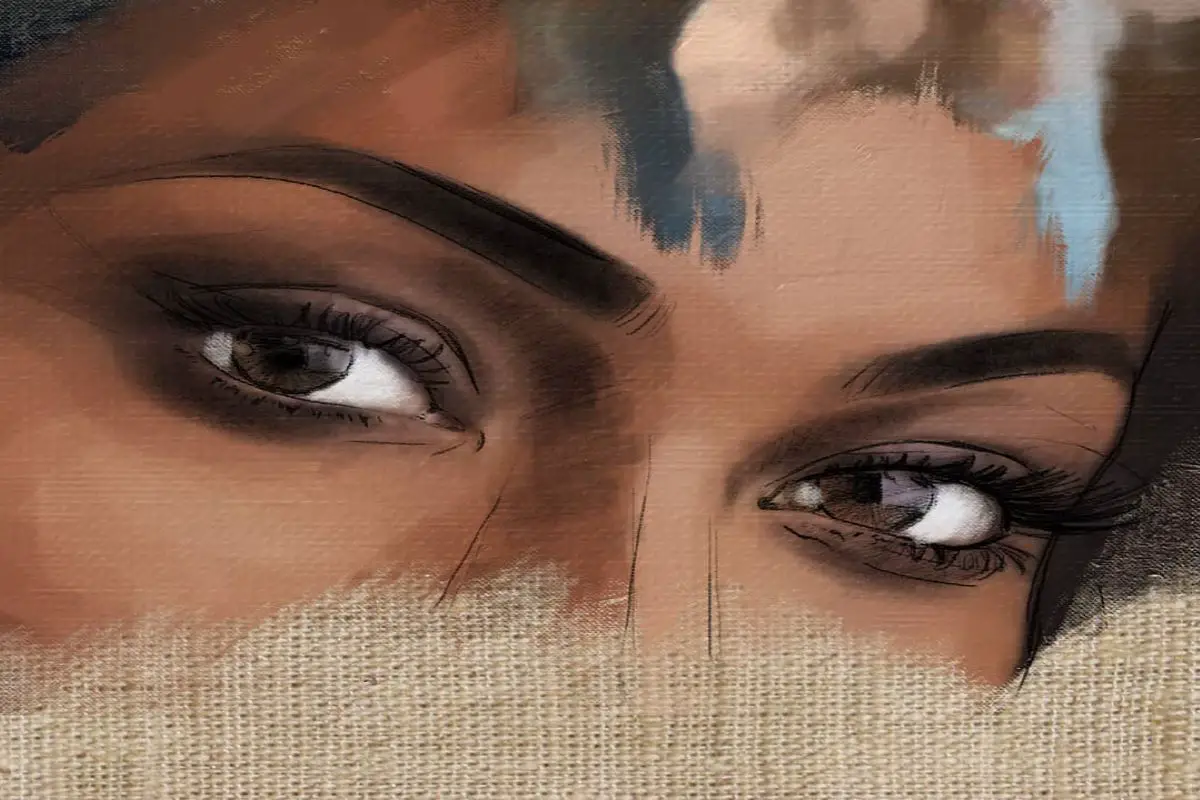More than 30 years since Spike Lee’s feature film “She’s Gotta Have It” was released, Netflix released Season 2 of its spinoff series of the same name, also directed by Lee. Despite some of the differences between the movie and show versions of Nola Darling’s life and adventures in love and sex, a few things remain the same: Lee’s fingers on the pulse of popular culture and his dedication to poignant, evocative social commentary.
Both versions of “She’s Gotta Have It” revolve around Nola Darling, an artist based in Brooklyn, and her anything-but-average life as she sees and sleeps with three different men: Jaime, Mars and Greer. Both versions also utilize an almost mockumentary-like style as each character breaks the fourth wall to give personal asides and commentary.
The movie ultimately made the audience come to conclusion with Nola that she’s a not a one-man woman as each of her suitors became more and more ill-fitting to her wishes and lifestyle. Using Nola, Lee commented on the societal restraints put on female sexuality
https://www.instagram.com/p/BxVZyFyg-Vc/?utm_source=ig_web_copy_link
Social and political commentary is Lee’s bread and butter, and his brand of culturally on-point commentary is what made one of his most enduring pieces, “Do the Right Thing,” spark a nationwide cinematic movement.
“Do the Right Thing” takes place on a predominantly black Brooklyn block on the hottest day of the year. Lee’s character Mookie is a pizza delivery man for a local Italian American man named Sal. Racial tensions rise over Sal’s wall of only famous Italians and in dealings with Sal’s racist son, Pino. Inspired by the Howard Beach Incident, the Brooklyn block’s tensions end in carnage, police brutality and death as a small riot ultimately breaks out.
The release of “Do the Right Thing” in 1989, and the invention of the VHS tape, spurred a movement of indie and art house movies in the ‘90s; the ‘70s and ‘80s before it were saturated with high concept blockbuster movies. High concept filmmaking is the process of creating a film for maximum profit; high concept films have interesting but simple plots, are often based on books or other existing works and traditionally avoid political or social commentary.
Lee used elements of high concept filmmaking as he incorporated high energy, colorful visuals, dance intros and music in “Do the Right Thing.” The movie, however, starts off with Public Enemy’s “Fight the Power,” whose lyrics pointedly foreshadow the thematic messages of the film that directly juxtapose all attempts at vibrant light-heartedness.
Audiences can see a pattern to Lee’s chosen subject matters. His next big film was “Malcolm X,” a biopic about the civil rights activist it’s named after. Both “Do the Right Thing” and “Malcolm X” were nominated for various Oscars at the Academy Awards. Both movies, however, were snubbed. Herein lies the overlooking of Lee’s artistic genius.
Despite “Do the Right Thing,” “Malcolm X” and Lee’s documentary “4 Little Girls” all being inducted into the National Film Registry by the Library of Congress, Lee did not win an Oscar until this year’s award show.
Lee’s latest film, 2018’s “BlacKkKlansman,” is based on the real events in the police career of Ron Stallworth. Taking place in the 1970s, the film follows Stallworth as he becomes the first black police officer in Colorado Springs, Colorado, and recounts how he infiltrated the ranks of the local chapter of the Ku Klux Klan with the help of his Jewish partner, Flip Zimmerman.
“BlacKkKlansman” was a gripping movie that struck a perfect balance between humor, intense commentary and somber themes. Lee trampled on the cognitive dissonance that white audiences tend to adopt when watching these kinds of movies, as it ends with footage from the Charlottesville protests of 2017. The comparisons Lee made between the world that young Stallworth occupied and the world today leave no room to question the final message of the film: not enough has changed.
“BlacKkKlansman” was nominated for six Oscars: best adapted screenplay, best original music score, best film editing, best picture, best supporting actor and best director. It only won best adapted screenplay.
https://www.instagram.com/p/BuShSY1Fzj1/?utm_source=ig_web_copy_link
Perhaps the worst loss of the night for Lee was best picture, for which he competed alongside “Bohemian Rhapsody,” “A Star is Born,” “Green Book” and “Roma.” The winner was “Green Book,” which was controversial since it tells the story of black, gay concert pianist Dr. Don Shirley through the eyes of his racist chauffeur, Tony “Lip” Vallelonga, with whom he becomes friends.
Lee allegedly showed great perturbation at the win and attempted to leave Dolby Theater, according to a tweet from Associated Press journalist Andrew Dalton. After the show, Lee answered journalists’ questions.
“Every time someone’s driving somebody else I lose. But they changed the seating arrangement,” Lee said. This is in reference to both “Green Book” and “Driving Miss Daisy,” the 1989 winner for best picture and another movie upon which many seem to have mixed feelings.
Not just continuing, but expanding upon his work in social and political commentary, is Lee’s series version of “She’s Gotta Have It.” The original movie mainly tackled women’s sexuality as protagonist Nola is slut-shamed in one way or another by most of her other co-stars. The series format, however, allows Lee to introduce more topics for dialogue in the show: Black Lives Matter, assault, harassment and pride in the black female form to name a few.
At the end of one of the first episodes of the series, Nola is harassed and assaulted on her way home from a friend’s house. As a result, the audience sees its effect on her behavior, and she takes some of her feeling out in her art by creating a series of posters to empower women. The emotion of the scene is raw and intense, and every woman is sure to feel a sense of righteous indignation on her behalf and pride at the art she made.
The show “She’s Gotta Have It” proves Lee’s connection to popular culture as he successfully plucks one of his best-known characters and plants her more than 30 years in the future. “She’s Gotta Have It” is a worthy remake of a classic original, perfect for anyone looking for a stimulating watch about race, gender, sexuality, relationships, friendships and more, and the release of Season 2 makes it perfectly bingeable.
















